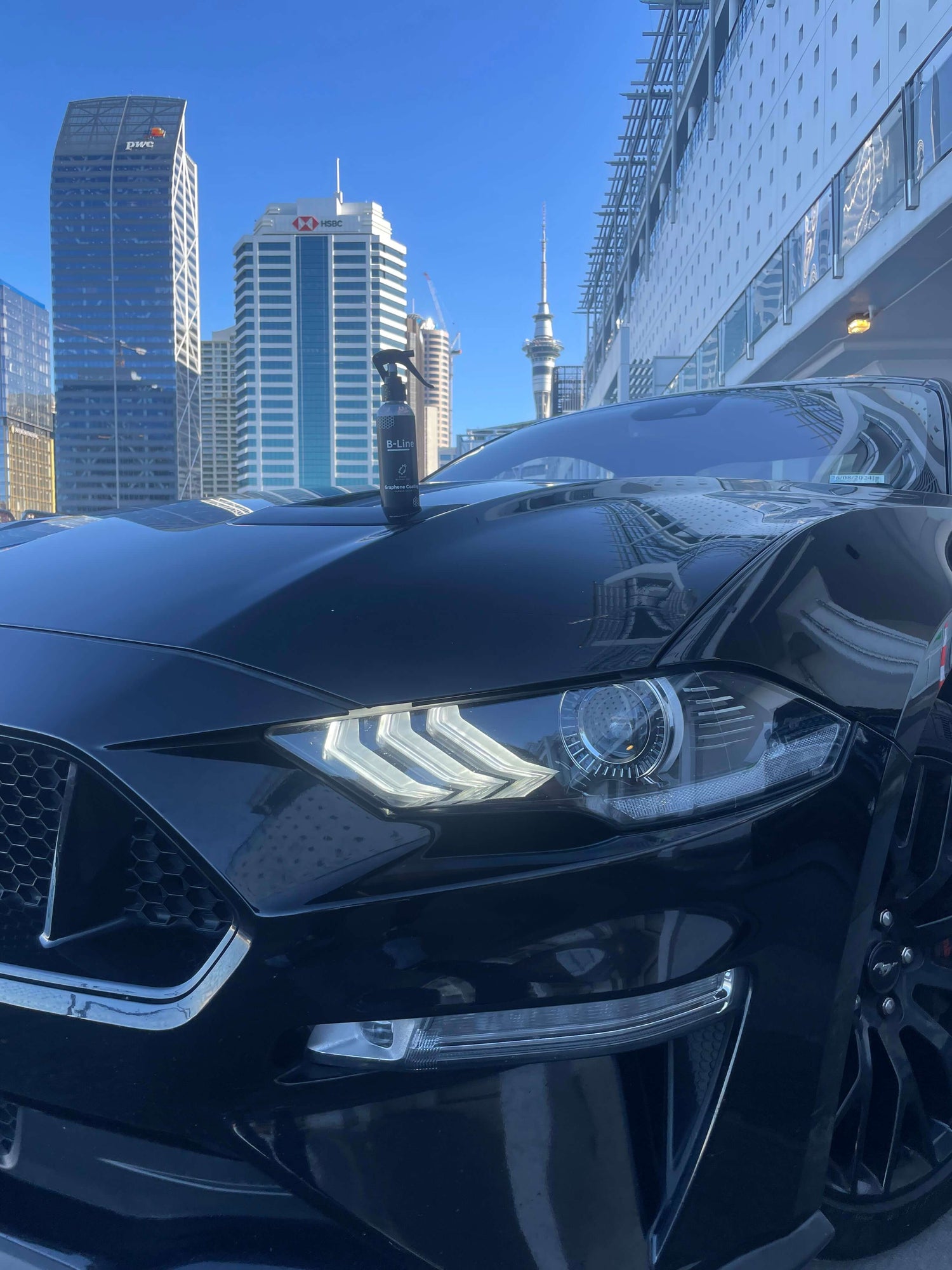How Ceramic Coatings Work
Share
Ceramic coatings have risen to prominence as a revolutionary method for safeguarding automotive exteriors. In this exploration, we unravel the science behind ceramic coatings, delving into the intricate details of how these formulations work to provide long-lasting protection and aesthetic enhancements for your vehicle.
Understanding the Chemistry:
Ceramic coatings, often formulated with advanced nanotechnology, consist of liquid polymers that, when applied to a vehicle's paintwork, create a molecular bond with the surface. The key ingredients typically include silicon dioxide (SiO2) and titanium dioxide (TiO2), which contribute to the coating's durability and protective properties.
The Application Process:
The application of ceramic coatings involves a meticulous process to ensure optimal bonding and effectiveness. Here's a simplified breakdown of the steps:
-
Surface Preparation: Before applying the ceramic coating, the car's surface must be thoroughly cleaned and decontaminated. This step removes any existing wax, sealants, or impurities that could hinder the bonding process.
-
Application of the Ceramic Coating: The liquid ceramic coating is applied to the paint surface using applicator pads or microfiber towels. The coating is spread evenly, and the vehicle is typically treated panel by panel to ensure precision.
-
Curing and Bonding: After application, the coating undergoes a curing process. This can involve exposure to air, sunlight, or sometimes heat, depending on the specific product. During this phase, the liquid coating transforms into a solid, forming a robust bond with the paint surface.
How Ceramic Coatings Work:
-
Creates a Protective Layer: Once cured, the ceramic coating forms a transparent and ultra-thin protective layer on the car's paintwork. This layer acts as a shield against various environmental contaminants, including dirt, bird droppings, tree sap, and UV rays.
-
Hydrophobic Properties: One of the remarkable features of ceramic coatings is their hydrophobic nature. The coated surface repels water and liquids, causing them to bead up and roll off the car. This property not only makes the vehicle easier to clean but also reduces the likelihood of water spots.
-
Chemical Resistance: Ceramic coatings provide chemical resistance against harsh substances that can damage the paint. This resistance helps prevent oxidation, fading, and other forms of deterioration caused by exposure to chemicals and pollutants.
-
UV Protection: The silicon dioxide in ceramic coatings contributes to effective UV protection. By blocking and reflecting UV rays, the coating helps preserve the car's paint color and finish, preventing the gradual fading that occurs over time.
Conclusion:
In essence, ceramic coatings work by creating a durable and protective layer on a vehicle's paint surface through a carefully engineered chemical bonding process. From hydrophobic properties to resistance against contaminants and UV rays, the transformative capabilities of ceramic coatings contribute not only to the longevity of the vehicle's appearance but also to the ease of maintenance for car enthusiasts seeking a superior level of protection.

